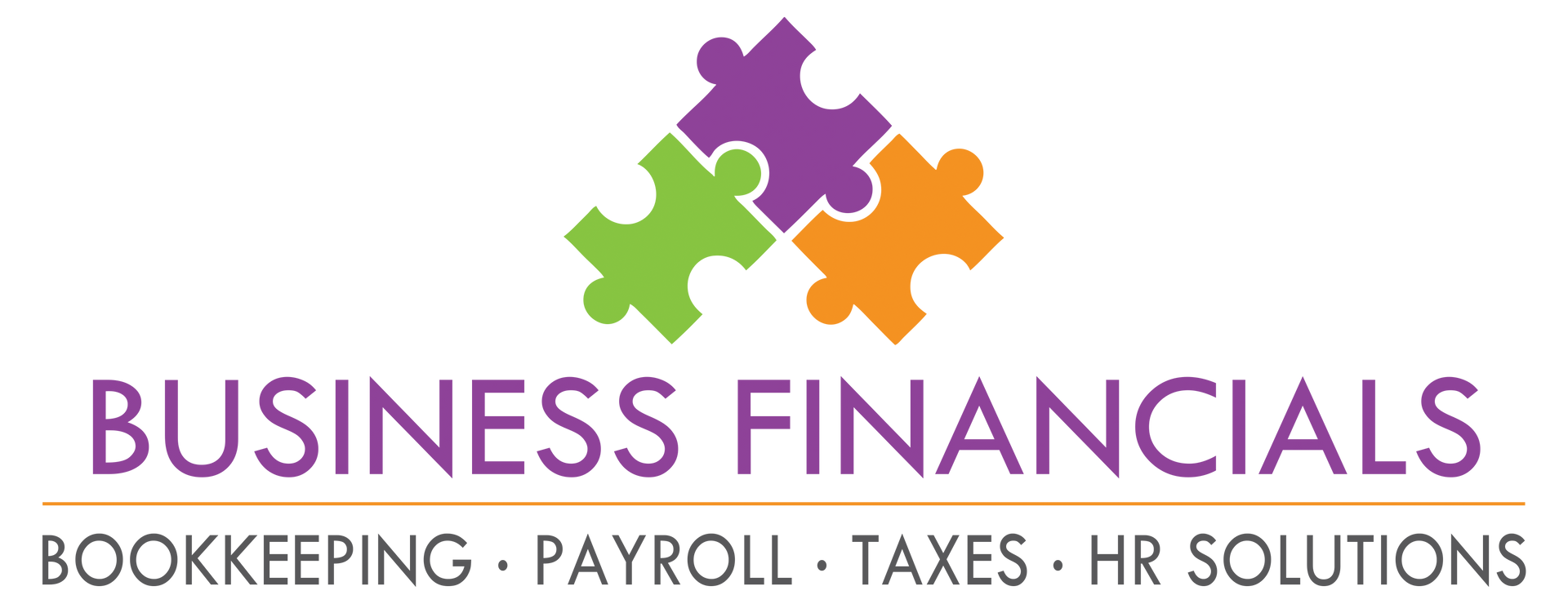Managing Mobile Employees On The Go
There Have Never Been More Mobile Employees.
Millions of small businesses rely on mobile employees. According to the International Data Corporation (IDC), the number of mobile workers in the U.S. will reach 93.5 million by 2024 and will account for 60% of the total workforce. It’s no wonder mobile access to online information has become a top priority in nearly every industry.
In particular, home health, field service, and direct sales are examples of businesses with mobile workers. In addition, many organizations have employees that float between multiple retail establishments, restaurants, schools, or healthcare clinics. And there is a new breed of app-based business that serves customers on demand with a 100% mobile team. Consequently, the need for mobile employees, contractors and freelancers has exploded and will continue to grow. They are an essential part of the workforce and managing them effectively will help mobile small businesses continue to drive economic growth.
In this article, we are focusing mainly on client-facing mobile job roles:
● Delivery drivers
● Field service reps
● Home health aides
● Traveling salespeople
● Employees that float between locations
(As we discuss mobile employees, keep in mind that we are not including those that work from home or a fixed remote location–though our solutions are ideal for these environments as well.)
How do Employers Keep Track of Everyone in Different Places?
When your workers are mobile, workforce management is more complex. That’s why smart employers are building robust mobile time and attendance ecosystems. The good news? We can help you do that! Read on for the details …
What is a Mobile Time and Attendance system?
A mobile time and attendance system is also called a mobile time and labor system or simply mobile workforce management. It’s a cloud-based software platform that managers, employees and administrators access with a mobile device. Employees use company-provided or personal mobile devices to perform timekeeping and other HR tasks in the system.
When employees can use their personal devices, it ensures quick and universal user adoption for any mobile system. After all, your employees are comfortable using their smartphones and tablets to manage their personal lives, so it’s natural for them to use the same devices at work for timekeeping and HR.
Pew Research Center estimates that 99% of Americans ages 18-64 own a smartphone. The ubiquity of mobile devices creates a win-win situation when it comes to workforce management. Employees prefer a familiar and frictionless experience and employers save time and money on training and hardware costs. In fact, Cisco estimates that Bring Your Own Device (BYOD) policies generate an average of $350 of value per employee annually.
Mobile Time Tracking
Now, let’s discuss how a mobile timekeeping system works. The first thing to understand is that it automates and integrates time and attendance, employee scheduling, PTO management, shift-swapping and job code tracking. This is transformative for small businesses that have been using manual processes or disparate systems. In addition, the software syncs with your payroll service which eliminates manual data entry and ensures employees are paid accurately in accordance with workplace laws.
Clock-in and clock-out are at the heart of mobile time and labor management. As mentioned, employees can punch in and out of shifts with a mobile device. This is not only more convenient; it is more sanitary than clocking in with a shared time clock or kiosk.
Since you can’t operate without paying your employees, you want to track time correctly. And you can only do that if the employee can punch at any geographic location where their shift begins and ends. This keeps you from overpaying and going over your labor budget or underpaying and risking a compliance violation. Plus, if you invoice employee time per job, you need a way to track that. Similarly, if your contractors do the same, it makes expense tracking easy for them as well.
How Mobile Time and Labor Helps Managers
Let’s discuss the benefits to managers in more detail. Frontline managers have considerable influence because of their broad range of responsibilities. Above all, managers need to know what’s going on with their teams. This is more difficult when employees aren’t in one physical location. With a mobile time and labor solution, supervisors can see at a glance who is on duty and where they are located.
Centralize Communication with Mobile Access
Communication and mobile productivity go hand in hand. Managers and employees communicate about schedules, timecards, time off, and shift swapping bidirectionally through the system. When everyone can see changes in real time, it ends the back-and-forth texting so common in small businesses.
Scheduling is one of a manager’s critical tasks and can take up a lot of time. Though spreadsheet scheduling is a step up from pen and paper, it is slow and tedious, and it doesn’t allow managers to respond to changes. A mobile time and labor solution allows managers to build schedules quickly and staff shifts with a 360-degree perspective. A virtual trade board allows employees and managers to work together to keep shifts staffed. This keeps both managers and employees happy. With the board, employees can swap shifts–subject to manager approval, if needed. Managers can choose their level of oversight, but the system handles the heavy lifting.
Alerts and Threshold Warnings
Alerts and threshold warnings are additional features that make a manager’s job a lot easier. In effect, they allow a manager to outsource their memory, schedule policing and compliance tracking. Managers can set alerts for no-shows, impending overtime, employee double-booking, missed punches and early punch-in for mandated breaks. When a mobile system automates timekeeping, scheduling and PTO, managers have more time to help their teams be productive and engaged.
How Mobile Time and Labor Helps Employees
The advantages for employees are just as significant. First off, mobile time and labor solutions provide employee self-service HR. This lets your team members track their own time and attendance, see their pay stubs, access benefits information, request time off and trade shifts.
Secondly, a mobile system pushes notifications to employees’ phones. This includes an alert when a schedule is posted or if there are changes to an existing schedule. Plus, the system will send a notification if an employee forgets to punch in or out, receives approval for PTO or can proceed with a shift swap. Consider that the average American checks their phone every 5 minutes (Review.com). Is there a better place for work notifications? Would schedule adherence improve at your company if your employees could check their schedule anytime, anywhere 24/7?
We have seen dramatic improvements in communication, employee satisfaction and labor dollar ROI when our small business clients adopt mobile workforce management. As an example, let’s discuss a field service business.
Recordkeeping
You could do all the things mentioned previously and still fail this one if you don’t keep good records. When in doubt, don’t throw it out.
● Keep payroll records for 3 years
● Keep timesheets, piecework records, wage rate tables, work schedules, and records of additions to or deductions from paychecks for 2 years
A mobile workforce management system has tools to help with all of these!
How Mobile Time and Labor Helps Your Company Grow
Automating mobile workforce management will save money and time that would be better spent on things that generate revenue and help you expand your business. Unlocking value from mobile workforce management isn’t just about time and money, though. With the right solution, employers can also reduce their compliance risk and boost employee retention–both of which are essential for growth.
To recap, here are some specific ways mobile time and labor can help your business grow:
1. Reduce administrative costs
2. Lower the risk of a compliance violation that could set you back financially and tarnish your reputation
3. Improve employee scheduling which elevates customer service, increases customer loyalty and boosts word-of-mouth advertising
4. Avoid overtime and hours fraud (buddy punching, timecard manipulation)
5. Establish trust between employees and management
6. Generate labor data for better business decisions
Ready to grow your business with the only mobile time and labor solution designed for the mission critical needs of your small business? Call us now!
Sources:
https://www.idc.com/
https://www.cisco.com/c/en/us/about.html
https://www.reviews.org/mobile/cell-phone-addiction/
THIS ARTICLE IS FOR GENERAL INFORMATION PURPOSES ONLY. BUSINESS FINANCIALS, INC. (BFI) IS NOT ISSUING SPECIFIC FINANCIAL OR TAX ADVICE. PLEASE CONSULT WITH A LICENSED FINANCIAL PLANNER, TAX ATTORNEY, OR ACCOUNTANT FOR ASSISTANCE WITH YOUR SPECIFIC SITUATION. IF YOU NEED HELP, WE INVITE YOU TO CONTACT US. WE WILL BE HAPPY TO MAKE RECOMMENDATIONS OR REFER YOU TO A LICENSED PROVIDER WHO MAY BE BEST SUITED FOR YOUR SITUATION.





